Commissioner
TOP STORY
Protecting Utah
Public Safety Reports
Police Reform – DPS Commissioner’s Report to the Governor

POLICE REFORM: A Report to the Governor

STATE OF UTAH – DEPARTMENT OF PUBLIC SAFETY
OVERVIEW
On June 11, 2020, following the untimely death of George Floyd in Minneapolis, Minnesota, that sparked much civil unrest and precipitated the discussion on police reform in the United States, including the State of Utah, Governor Herbert directed Utah Department of Public Safety (DPS) Commissioner Jess Anderson to compile a report addressing police reform for the State of Utah.
This report is a preliminary effort to evaluate policing and suggest reform in the State of Utah focusing on areas identified through voices of the people, advocacy groups, political officials, and law enforcement administrators. Ultimately, the goal of this report is to serve as a catalyst to help identify ways to decrease fear and anger, build relationships by establishing trust within the underrepresented populations, and evaluate law and policy that may increase police transparency and accountability.
Throughout the last several years, leaders of law enforcement agencies in the State of Utah have made efforts to establish consistency among police agencies and police powers within State, County, and City governments. Working together in conjunction with state prosecutors, state courts, and the Utah State Legislature, policing and criminal justice reform has made progress in many areas, including transparency and accountability.
As part of DPS’s ongoing commitment to building relationships with community, special interest groups have been established to address police reform and now meet together with the goal of productive dialogue, coordination, and collaboration. Several police agencies have been functioning in these collaborative group settings for a significant amount of time, while other agencies have made progress more recently. In order to build effective community relations, it is critical to align accountability measures throughout the entire criminal justice system, including police, prosecutors, and judges. Practices within the criminal justice system that result in misalignment and inconsistency only create fear, distrust, and breed unnecessary public confusion. A successful criminal justice system creates opportunity for further success in much needed social services and social justice for communities and citizens of the State of Utah.
It is worth mentioning that during recent weeks there has been some progress concerning changing policing, training, and policy. DPS has worked with the State Legislature to codify prohibitions on the use of chokeholds and knee holds as control methods on a person’s neck. The new legislation prohibits teaching these holds in police training, including during the basic curriculum course through Peace Officer Standards and Training (POST) or any validated POST academy. In addition, POST Council has ratified the addition of 30 hours of basic training curriculum to include diversity, procedural justice, implicit bias, and defensive tactics training. These are positive changes, but DPS recognizes that opportunities for discussions centered on police reform will continue and will be critical for continuous societal progress.
ADVOCATES FOR POLICE REFORM
Immediate discussion and dialogue centered on calls for police reform was facilitated by DPS relying on productive sessions of listening, understanding, and clarification of reform issues. The opportunity for these meetings led to individual gatherings with as many advocates for reform that DPS could identify; including a spectrum of those that identify to be on the extreme left, the extreme right, and those in the middle.
Because of these meetings, there have been several topics (19) of police reform identified. While analyzing these topics, four categories are identified to represent the 19 topics of discussion.
This list may not be exhaustive; however, it does represent what has been seen and heard in police reform discussions at both the national and local levels. These categories and topics include:
CATEGORIES & TOPICS OF POLICE REFORM
Data Driven & Evidence Based Evaluation
- Data Driven Ethnic Justice
- School to Prison Pipeline
- School Resource Officer Program Evaluation
Police Programming
- Police Culture
- Use of Force Continuum
- Recruiting & Retaining Diversity
- Implicit Bias Training
- De-escalation Training
- Diversity Training
- Emotional & Mental Support for Officers
- Demilitarization of Police
Community Outreach and Engagement
- More Exposure & Outreach to Underrepresented Communities
Policy & Law
- Ban on Chokeholds & Knee Holds
- Transparency to Officer Misconduct
- Citizen Review Boards in Municipalities
- Body Cameras on Every Officer
- Defund Police Organizations
- Limitations on Police Unions
- Qualified Immunity
Although, policing in the State of Utah has taken great strides to address these areas of concern following the Ferguson, Missouri riots in 2014, there is still a need to create and support more opportunities for all shareholders to engage in further constructive dialogue, reasoning, commitment, understanding, and action where appropriate.
WHAT WE KNOW: UTAH POLICING TODAY
Perhaps the best way to obtain an accurate accounting of the current state of our justice system is to examine available data points. Established within the criminal justice system are several sets of data collection points that effectively measure general populations with the ability to extrapolate diversity, crime rates, correctional institutions, agency demographics, and more. Listed below are a few of the more prevalent, State of Utah representations of criminal justice measurements.
CERTIFICATIONS / LAW ENFORCEMENT REPRESENTATION


UTAH DEPARTMENT OF PUBLIC SAFETY DEMOGRAPHICS
(SWORN PERSONNEL) – STAFFING SINCE 2015
| Ethnicity | Dec. 2015 | Dec. 2016 | Dec. 2017 | Dec. 2018 | Dec. 2019 |
| American Indian / Alaskan Native (Non-Hispanic or Latino) | 3 | 3 | 3 | 4 | 4 |
| Asian (Non-Hispanic or Latino) | 7 | 7 | 8 | 8 | 7 |
| Black or African American (Non-Hispanic or Latino) | 1 | 0 | 0 | 2 | 1 |
| Decline to Disclose | 3 | 4 | 5 | 11 | 14 |
| Hispanic or Latino | 20 | 20 | 18 | 31 | 31 |
| Native Hawaiian or other (Non-Hispanic or Latino) | 0 | 0 | 0 | 0 | 1 |
| PROTECTED | 2 | 1 | 0 | 0 | 0 |
| Two or More Races (Non-Hispanic or Latino) | 1 | 1 | 2 | 1 | 1 |
| White (Non-Hispanic or Latino) | 473 | 482 | 478 | 511 | 516 |
| Grand Total | 510 | 518 | 514 | 568 | 575 |
STATE PRISON & JAIL REPRESENTATION
UTAH DEPARTMENT OF CORRECTIONS (PRISON)
PRISON RACE / ETHNICITY COUNTS
| OFFENDER RACE/ETHNICITY | FEMALE | MALE | TOTAL | % OF TOTAL |
| Asian / Pacific | 20 | 180 | 200 | 3.42% |
| Black | 16 | 395 | 411 | 7.04% |
| Hispanic | 73 | 1,062 | 1,135 | 19.43% |
| Native American / Alaskan | 43 | 291 | 334 | 5.72% |
| Unknown | 4 | 286 | 290 | 4.96% |
| White | 258 | 3,214 | 3,472 | 59.43% |
| Prison Summary | 414 | 5,428 | 5,842 | 100% |


CRIME STATISTICS


Based on these data sets, quality information is gained in relation to individual representation of class of race. Further research is needed to make appropriate comparisons to crime rates, prison populations, and police department staffing.
POLICE PROGRAMMING
Police programming incorporates generational philosophies of policing that engender culture and tradition within an agency. Areas of programming can include operational practices, training, attitudes, police unions, fraternities, administrative leadership, and more. Unaccountable police programming leads to levels of mistrust, abuse and operational bias. Discussions concerning police reform have identified significant concerns associated with police programming. The following examples illustrate efforts that DPS has taken to produce levels of improvement in police programming.
1. POLICE TRAINING
Police training is the critical backbone for developing and improving effective skill sets that are required for police certification. Every Law Enforcement Officer (LEO) certification receives 588 total hours of training in order to successfully graduate from the police academy. Officer proficiency is highly valued within the profession and supported through statutory mandates requiring all police officers to retain a minimum of 40 annual hours of on-going education / training in order to maintain current levels of certification. These particular hours are commonly referred to as “in-service” training. Most police departments provide a structured outline of annual in-service curriculum that remains flexible to accommodate specific agency demands.
In addition, police agencies also invest hours of training into newly hired officers once they have graduated from the police academy. These hours of training are critical to help orient officers to the department and develop an understanding of strict internal policies and procedures. The following is an example of training curriculum established by POST and DPS:
- POST – Some of the basic curriculum hours consist of the following:
- Community Relations (5 hours)
- Conflict Resolution (12 hours)
- Introduction to Crisis intervention Training (3 hours)
- Response to Mental Health Crisis (8 hours)
- Managing Excited Delirium / Agitated Chaotic Events (2 hours)
- Drug Symptoms Recognition (2 hours)
- Defensive Tactics (52 hours)
- Reality Based Scenario Training (52 hours)
- Department of Public Safety (DPS)
- Verbal De-escalation (4 hours) (New Hire)
- Scenario – Hands on (8 Hours) (New Hire)
- Defensive Tactics (20 hours) (New Hire)
- Crisis Intervention (40 hours) (Before 8 yr. mark)
- Bias Training (4 hours) (Before 8 yr. mark)
- Fair & Impartial Policing (2 hours)
- De-escalation (2.5 hours) (offered every few years but not on a mandatory schedule)
2. OFFICER MISCONDUCT
Allegations and civil complaints of police officer misconduct are received regularly within the law enforcement profession. Each case of misconduct is to be taken seriously and investigated appropriately.
Police officer misconduct can vary in levels of discipline based on the egregiousness of the offense. These offenses may include criminal charges or internal policy violations. Current state statute mandates that upon learning of officer misconduct, law enforcement agencies shall conduct an investigation into the allegation. These investigations may include three separate investigations: criminal, administrative, and a certification investigation by POST.
All records of sustained disciplinary action, either internal, criminal, or through POST, are made available through public government records laws.
In addition, sanctions taken by the POST Council that affect an officer’s law enforcement certification are documented by POST and are publicly available.
More recently, state prosecutors and police agencies have worked together to enhance transparency and criminal justice credibility. In particular, cited through the court cases, Brady v. Maryland (1963) and United States v. Giglio (1972), the Brady-Giglio doctrine is for law enforcement agencies to share notifications of officer misconduct with prosecutors if it is found to involve dishonesty, integrity, or moral turpitude violations. Affected officers are to be made known to the court where decisions of an officer’s credibility for courtroom testimony would be made by the judge.
3. RECRUITMENT & RETENTION
Recruiting and retaining qualified law enforcement applicants to work within the law enforcement profession continues to be arduous. Efforts within the State of Utah to recruit diversity proves to be challenging by the nature of demographics. However, greater focus can be had through engagement and communication with community groups.
The Utah Highway Patrol has placed great emphasis on developing a diverse workforce that is reflective of the statewide community it serves through creative recruitment efforts. Some of these efforts have included multimedia campaigns, aggressive mentoring, tutoring, and continual follow-up. Efforts to address the refugee community, people of color, and female candidates continue to be a focus.
Police agencies have great success when they are able to incorporate minority and diverse representation within the community.
4. BODY CAMERAS
Several police agencies have been furthering transparency with the implementation of body cameras. When done properly, the process of purchasing body cameras and storing the data tends to be a very expensive endeavor. The Utah Department of Public Safety has been engaged in this project since 2013 with the following progress:
- 61% of Troopers/Agents currently wear a body camera
- All UHP marked cars have in-car dash cameras.
- Every new car issued comes with a body/dash camera combo.
- Within the next two years, every trooper will be equipped with both cameras.
COMMUNITY OUTREACH
In spite of the outreach effort that we now see throughout the State as police agencies continue to build community relations, there have been programs in place for several years to address the development of trust with underrepresented communities. A few of these include:
1. REFUGEE OUTREACH PROGRAM
DPS has an assigned sworn officer that provides classes, builds relationships, and serves as a liaison with the refugee community.
2. PUBLIC INFORMATION & EDUCATION (PI&E)
Full and part time troopers conduct outreach to schools and communities throughout the entire State.
3. MULTICULTURAL COMMISSION
This State-led effort provides opportunity for DPS to engage in on-going efforts and awareness addressing the needs and efforts of community outreach.
4. HOMELESS OUTREACH
Troopers have been successful in Operation Rio Grande building relationships with this at-risk community and developing trust through social reform.
5. FAITH LEADERS
The Department of Public Safety has had the opportunity to engage with local faith leaders to address several areas of policing and social concern. These discussions of understanding are critical to the criminal and social justice environment given the ability and opportunity of faith leaders to bridge gaps and help communities, congregants, and police agencies be accountable, heal, and act in faith.
CONSIDERATIONS: POLICY & LAW
Quite significantly, adjustments or adaptations to police reform will need to be addressed through revisions of police policy and/or state statute. In order to decrease fear, anger, and enhance public trust within the criminal justice system and policing, great collaborative efforts will need to be made between community groups, law enforcement, and the State Legislature. Based on constructive dialogue and listening sessions, the following are areas that policies or laws have been identified that may be considered as opportunities for reform.
POLICY
- Outreach efforts to every community
- Mandated bias training, de-escalation training, and diversity training conducted through on-going, regular intervals
- Training taught by qualified community representation and less classroom lecture
- Look for opportunities to expedite full implementation of body cameras
- Evaluate recruiting and hiring practices, with greater focus on reaching underrepresented communities
- Increase or maintain officer morale and retention
- Duty to intervene / Officer intervention
LAWS
- Law enforcement agency use of force reporting
- Specific in-service training curriculum mandated by POST
- Create additional seats on POST Council for civilian minorities to give them a decision-making role in reviews of officer misconduct as well as basic and in-service training curriculum
- Statutory changes to enforce officer misconduct reporting by agencies to POST
SUMMARY
Policing in the State of Utah has made significant progress throughout the years, including recent discussions and changes in 2014. However, we now find ourselves with a great opportunity to engage further by giving proper challenge to critical police practices. By focusing on the areas of data driven and evidence based evaluation, police programming, community outreach and engagement, and current policy and law, the State of Utah will have the ability to make necessary and appropriate levels of evaluation and progression in police reform.
It is also important to understand the critical role of hearing all voices during periods of discussion. Reasonableness, understanding, and collaboration are needed from all sides in order to work together in otherwise difficult, emotional, and topic sensitive dialogue. Our goal, as the Utah Department of Public Safety and a reflection of society, is to all work together, continue to build trust, overcome divides, establish relationships, and ultimately, Keep Utah Safe!
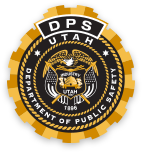
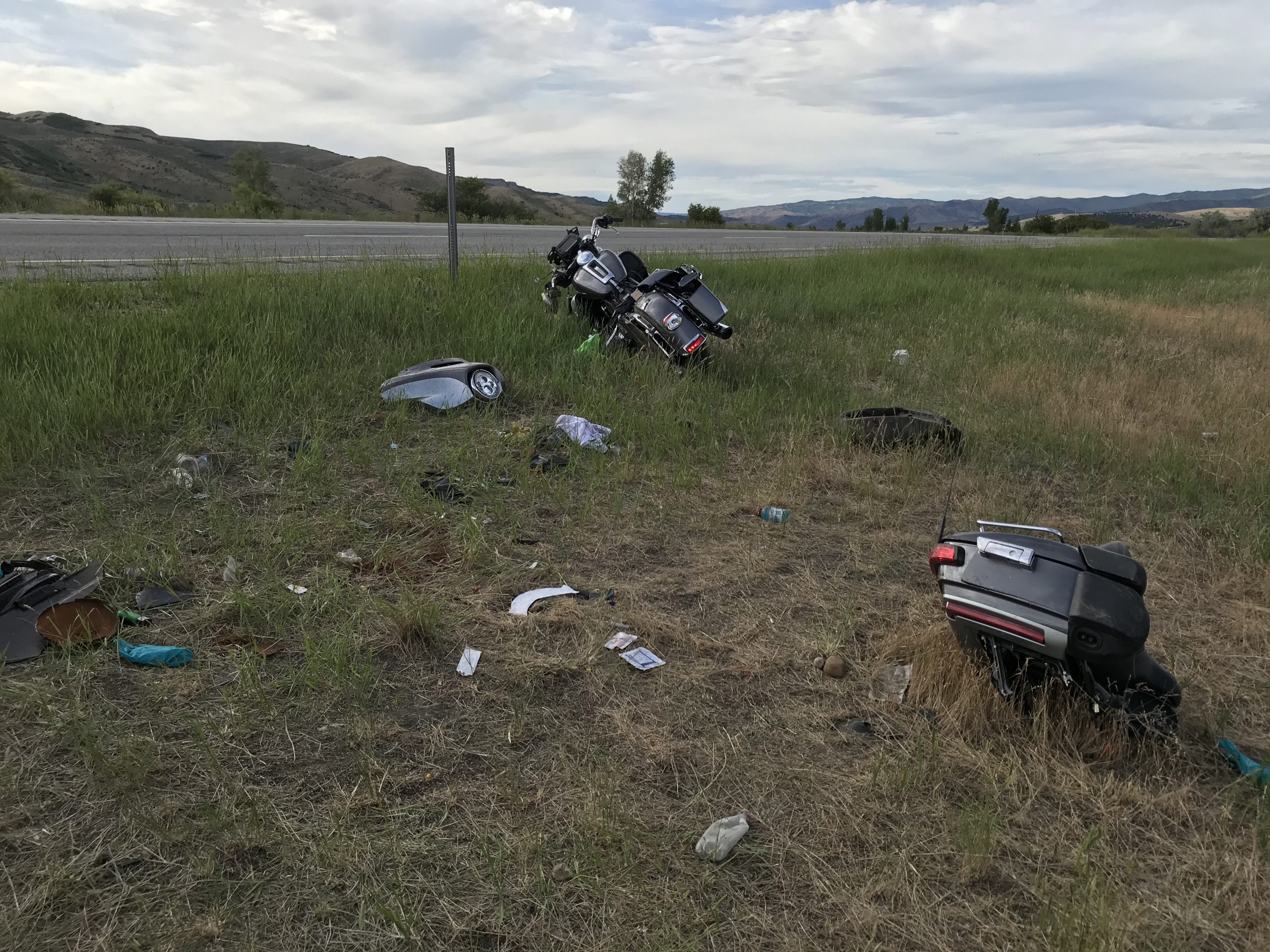
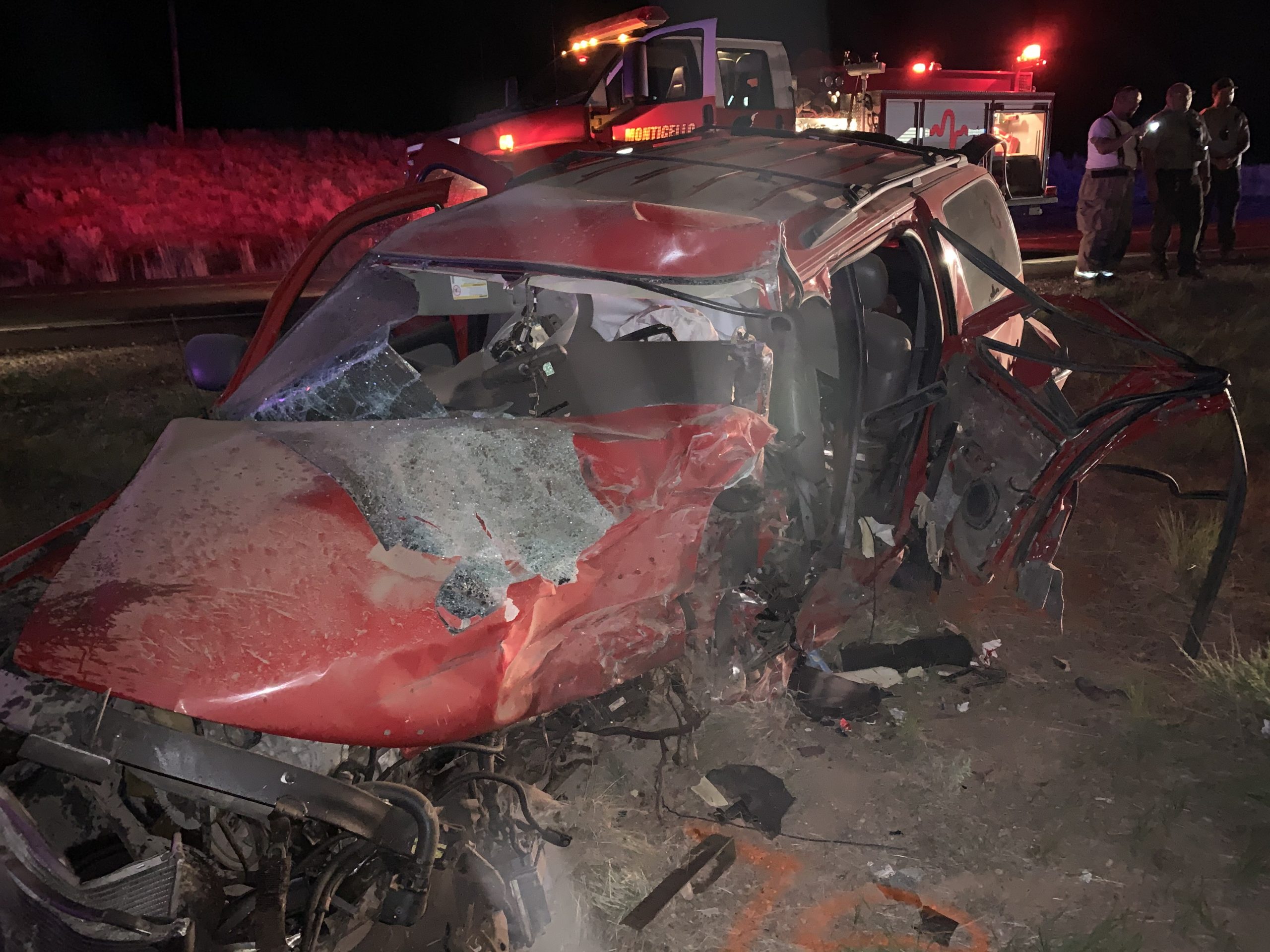
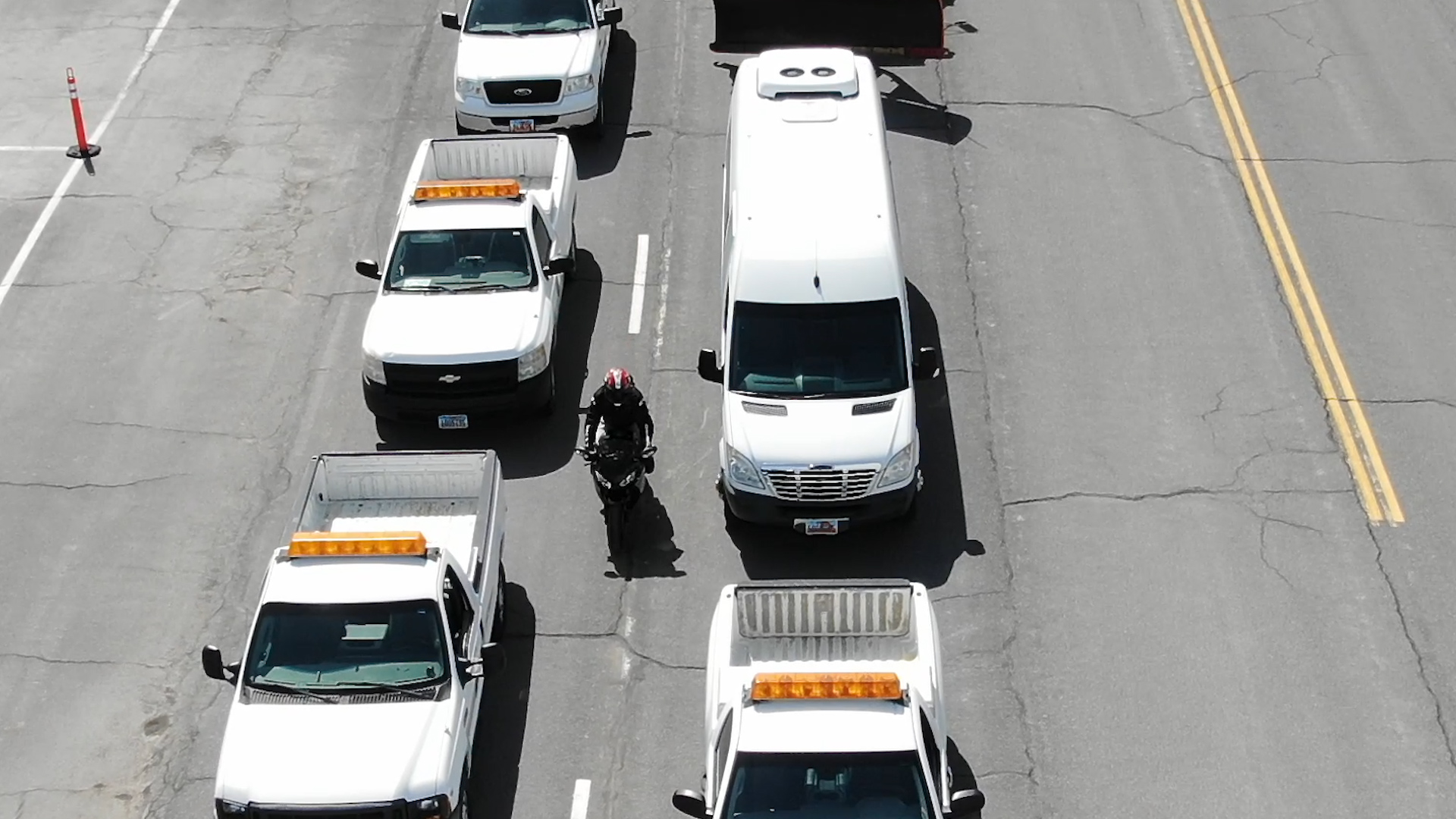
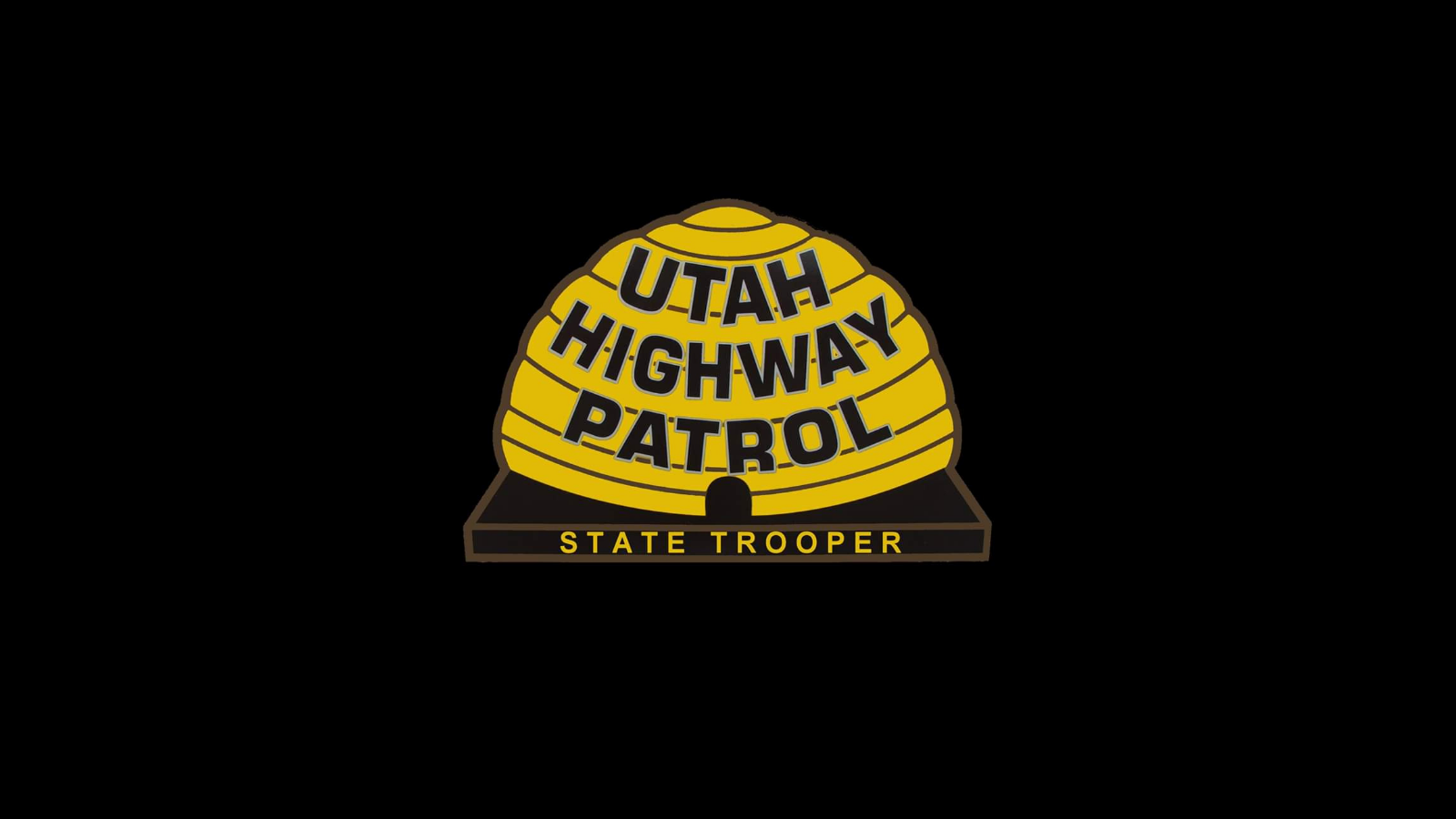
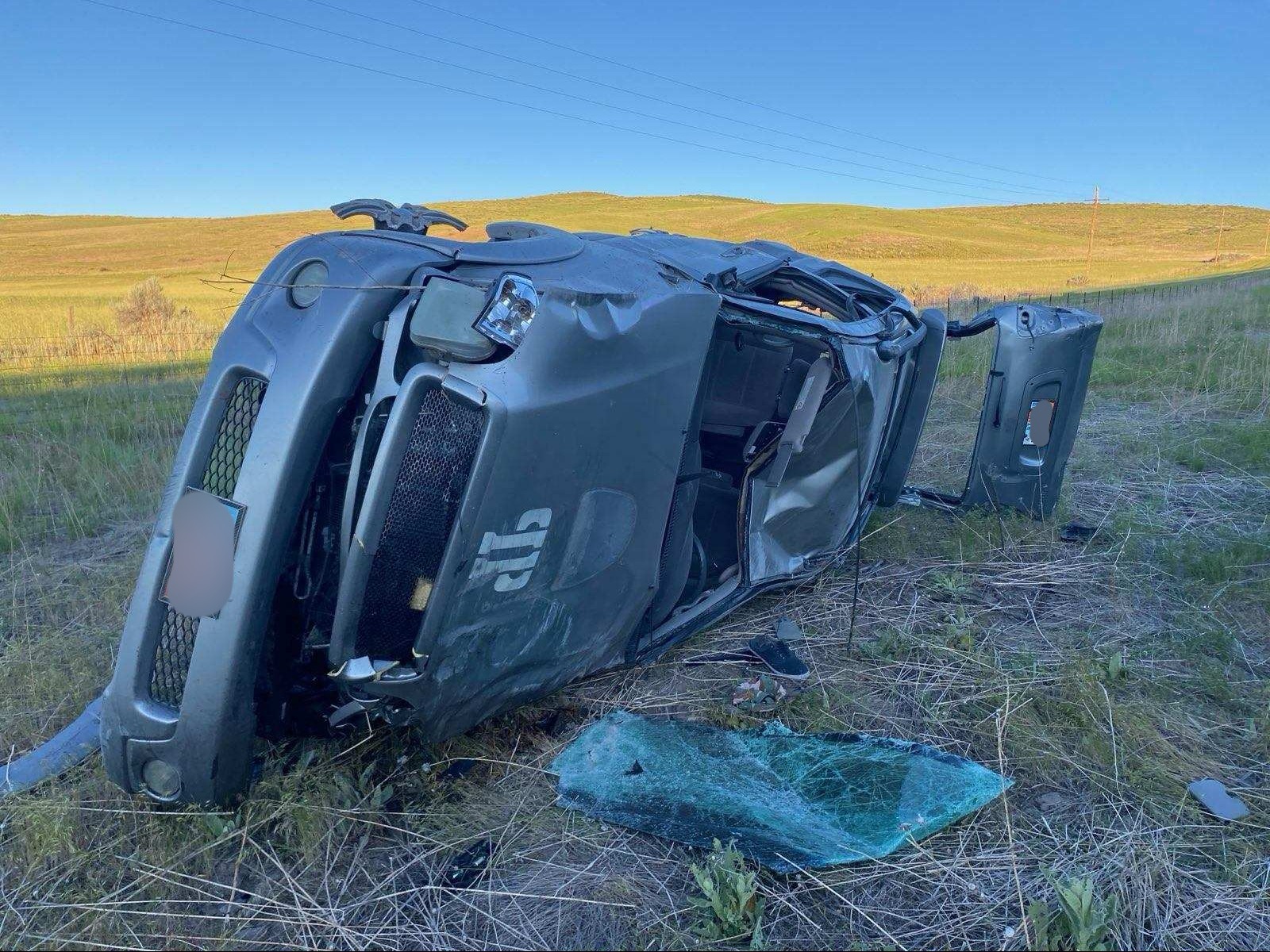

SHARE THIS STORY